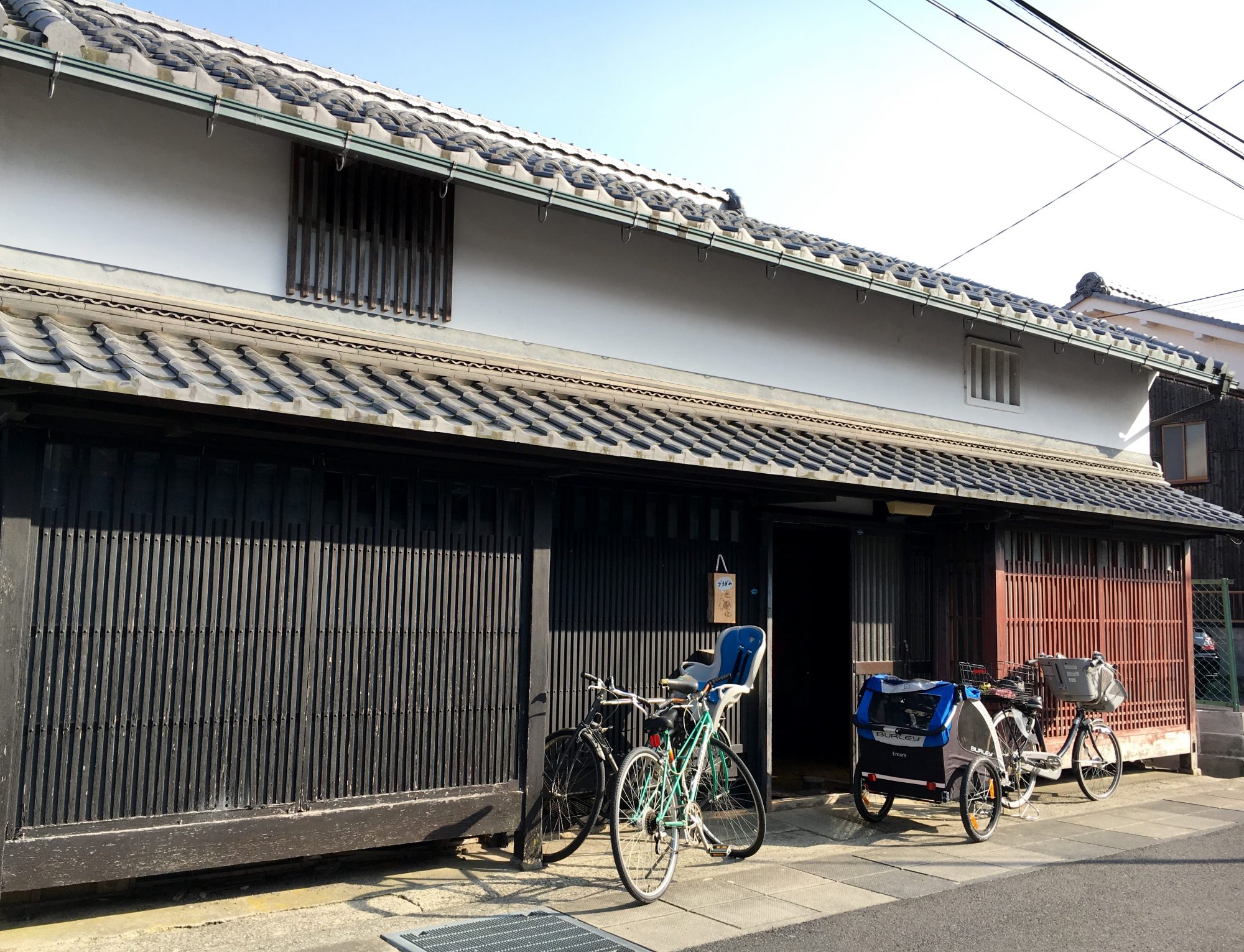Continuing from Interview 3, in hope to get to know Gardiner, the artist, I asked her how she has developed her style and the subject of interests, and where the role of Japanese identity plays in it.
Sumie: I would love to know how you developed your style and/or subject of your interests. Where or when the Japanese influence you started to see in your work (from the beginning or was it introduced at one point?) How your style changed over time (if it did)…
Gardiner: My style and interests are always changing and developing but my aesthetic has a couple of unwavering characteristics that can be named: an emphasis on negative space, and images and techniques that invite contemplation.
I look at artists who have a very clearly defined and finely tuned style or a signature aesthetic and I wonder how they ever came to it. I have a fantasy that if only I had uninterrupted years upon years in my studio, I might develop a single style, but this probably is not true. I have been a working artist as much as I have been able and it has yielded what it has yielded. Someday I may do it differently. For now, this is how I work: pulled in several directions at once; painting one day, quilting the next, photographing the next, collaging, collaborating, etc., etc., etc. I am peripatetic in my method, with too many ideas and not enough time. This is a better problem than the inverse though. Imagine having no ideas and too much time.
If my style is evolving (I’m sure it must be) I hope it is moving towards something that is increasingly “in focus.”
Maybe that only happens when one looks back after it’s done. Perhaps with the aid of a curator.
The matter of the introduction of Japanese influence to my consciousness is a compelling question. I could answer in many ways and each answer would have merit.
It’s important to acknowledge that in my father’s absence, my mother encouraged me to build a connection to my Japanese heritage by appreciating Japanese art wherever possible. I don’t know exactly when I consciously decided that my identity as a Japanese American (which is an inherently socio-political as well as a cultural position) was central to my work as an artist, or how it should manifest in my work, but I can tell you a few anecdotes, moments and influences that link my art making identity to my Japanese identity.
A strong early memory of art making occured when I was about 6 years old and I went to an art camp at the Art Gallery of Ontario. I remember a print-making activity. I made a very simple print of a triangular, flat-topped mountain next to a circle-sun. I remember pulling the paper up from the inked block, and the teacher exclaimed, “Mount Fuji! Do you know what Mt. Fuji is? It’s in Japan!” And I thought to myself, “Well that makes sense.”
I began studying Japanese language when I lived in Austin (1998-2003) and this marks my earliest interest in the language as an aesthetic element in my work.
When I studied at SAIC, my English teacher, Matthew Goulish assigned each student a unique reading assignment. The one that he assigned for me was Oe Kenzaburo’s A Personal Matter. Around the same time, my father gave me a copy of Tanizaki Junichiro’s The Makioka Sisters. Both of those stories felt familiar to me for reasons that are too complicated to go into here. Let’s say that reading those books felt like getting to know people in my family tree.
I also know that as I was growing up I recognized very early that my Japanese-ness was both a liability (as an American) and an asset (as an artist in America). I remember that my father once suggested that I use my Japanese name if I wanted to be an artist because he said, it would make my work, “more interesting to white people.” I thought at the time that it was shocking that he would say that out loud, but I also recognized that it had been his experience. He had largely been celebrated for his Japanese-ness no matter how much he challenged that label. I should point out here that Asian art never overwhelmed the American art market or anything. Just this week I read about a painter, Jiab Prachakul, who is painting portraits of Asians and this concept is being treated like a never-before-thought-of revelation! Perhaps it is.

Tar paper totem photographed at Amache in Granada, Colorado.
This site is a National Historic Site. The building in the background is a replica of the recreation building.

Tar paper totem photographed at Jerome, Arkansas. This site is now on private property: a farm that grows rice and soy beans. The smokestack in the background was part of the original camp hospital.

Poston, Arizona
I set up to shoot Silence (Totem) at the site of the Poston concentration camp memorial. As I wait for the light to change, I catch my own shadow.

